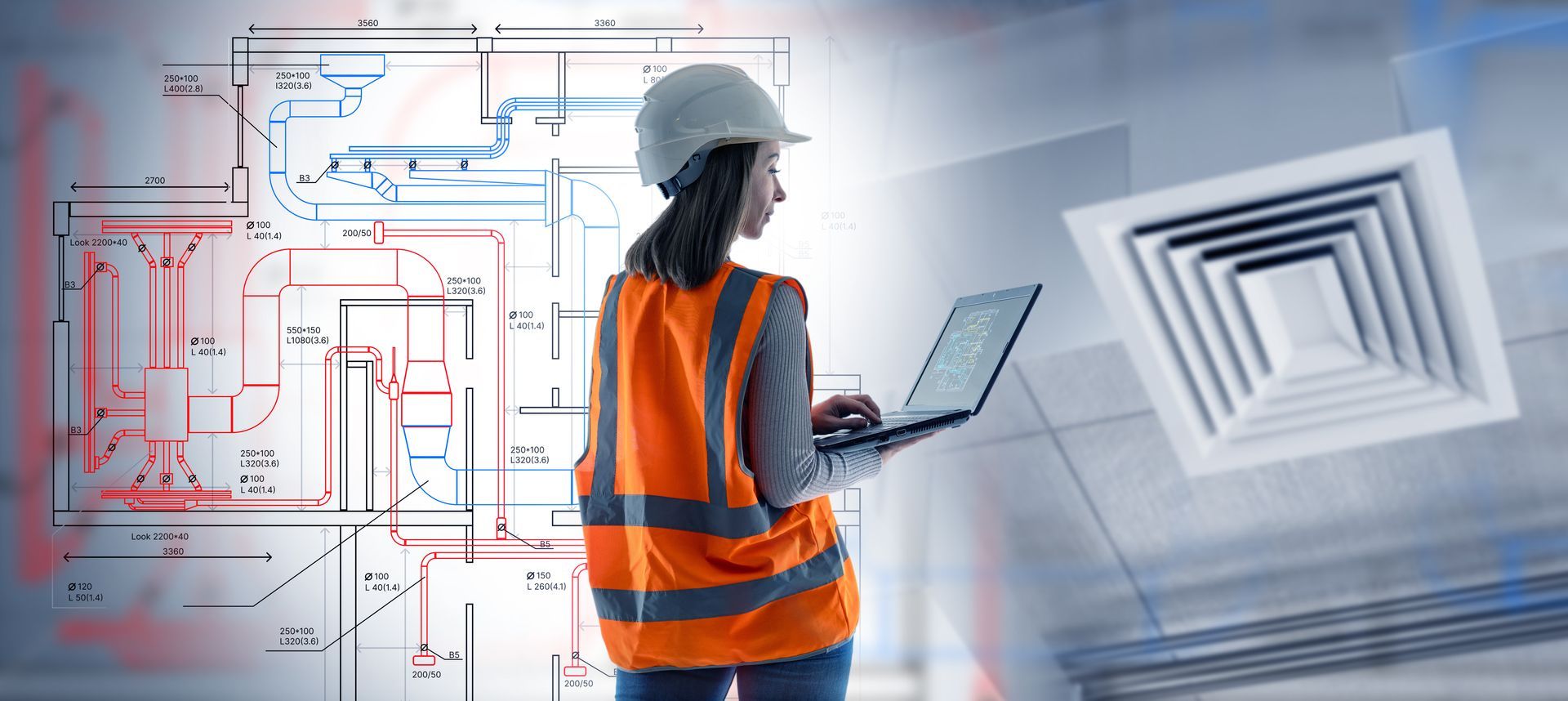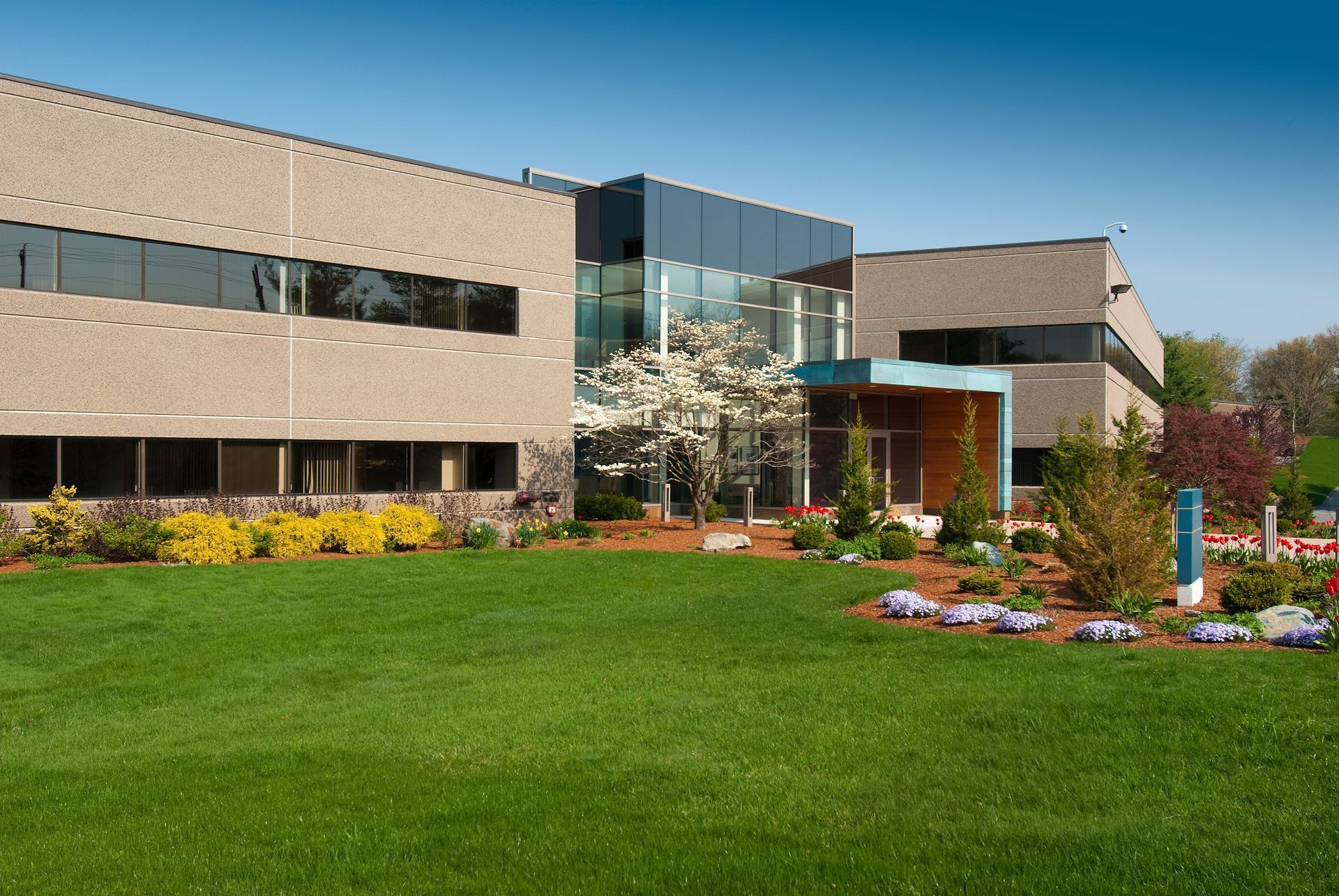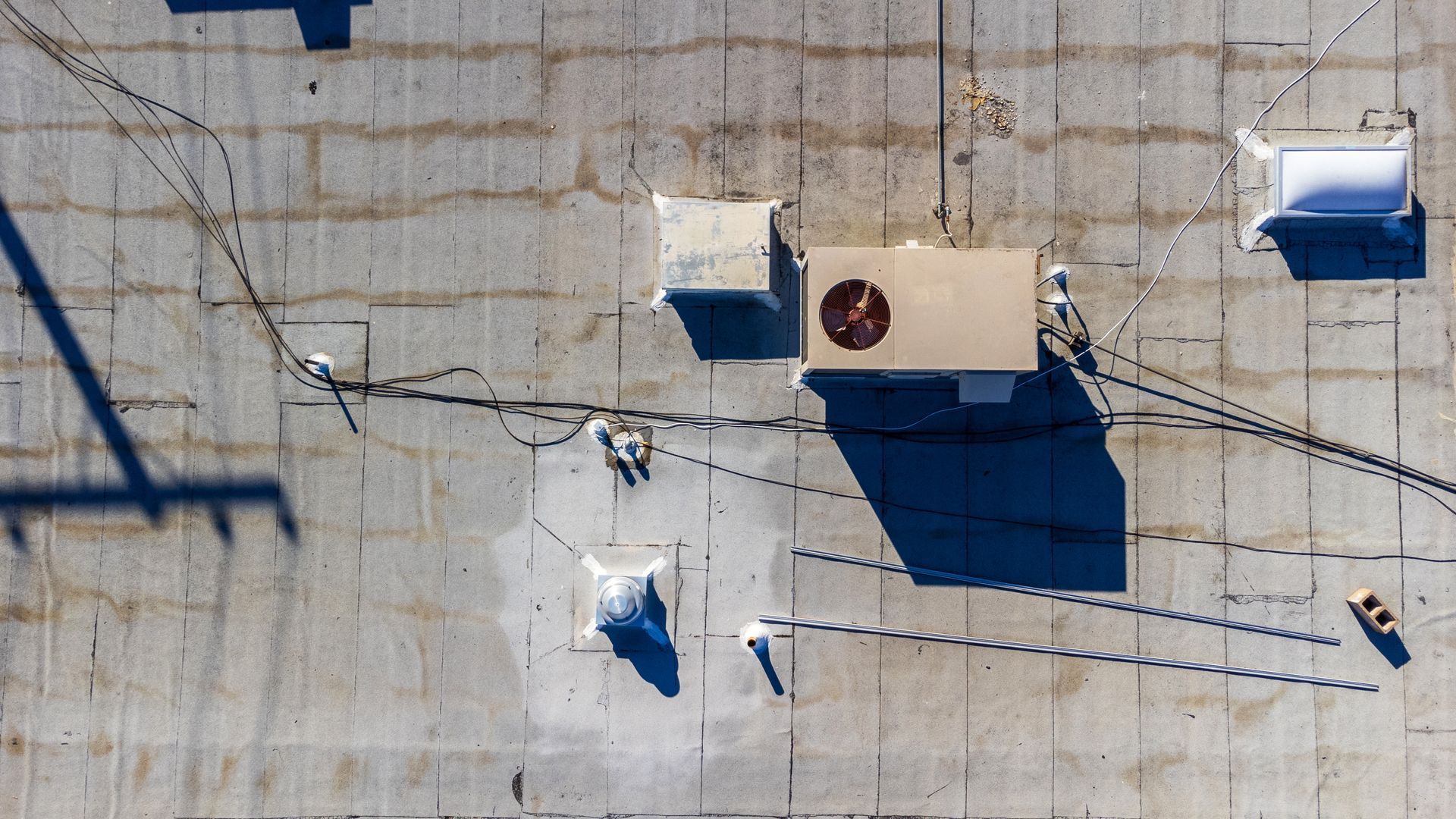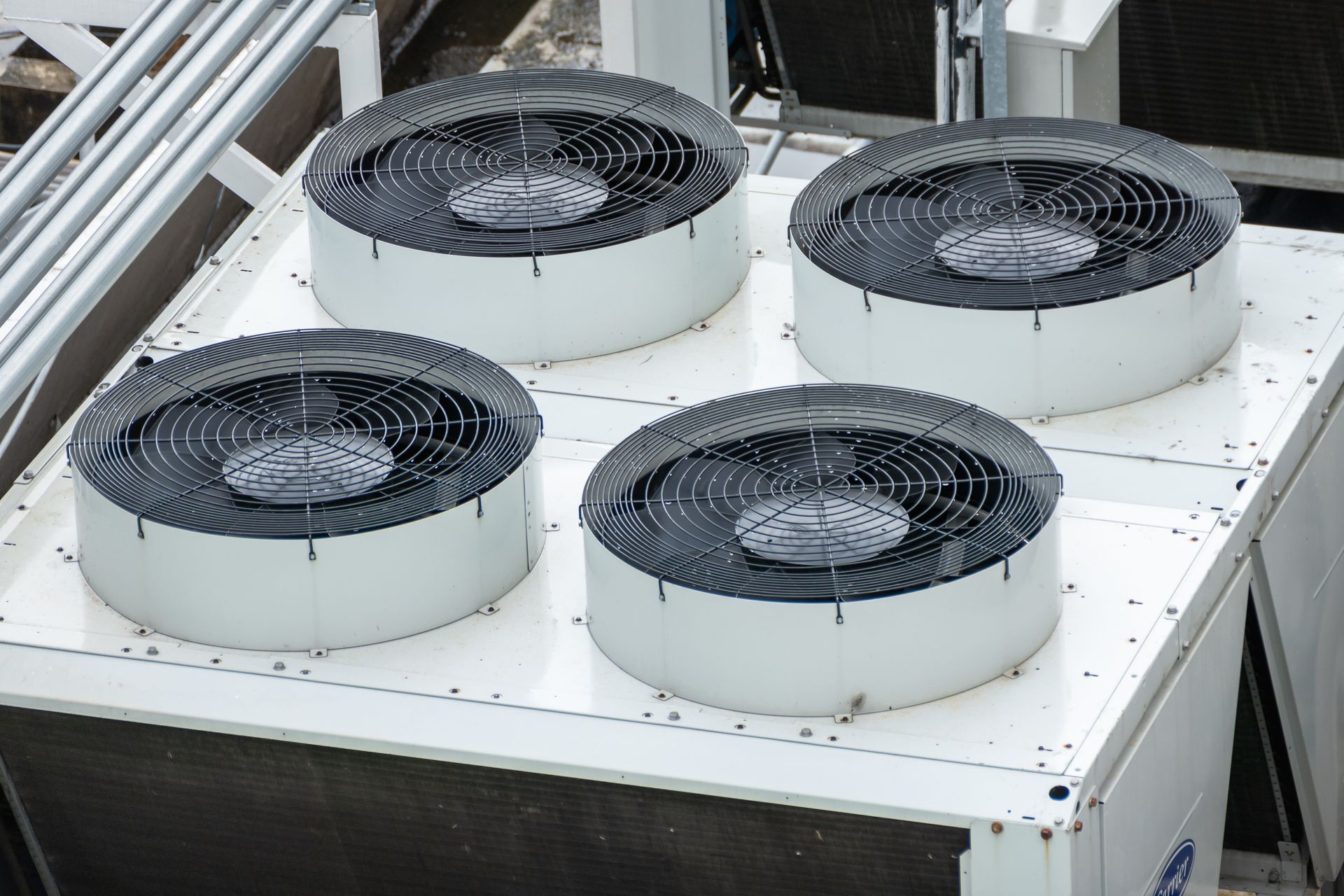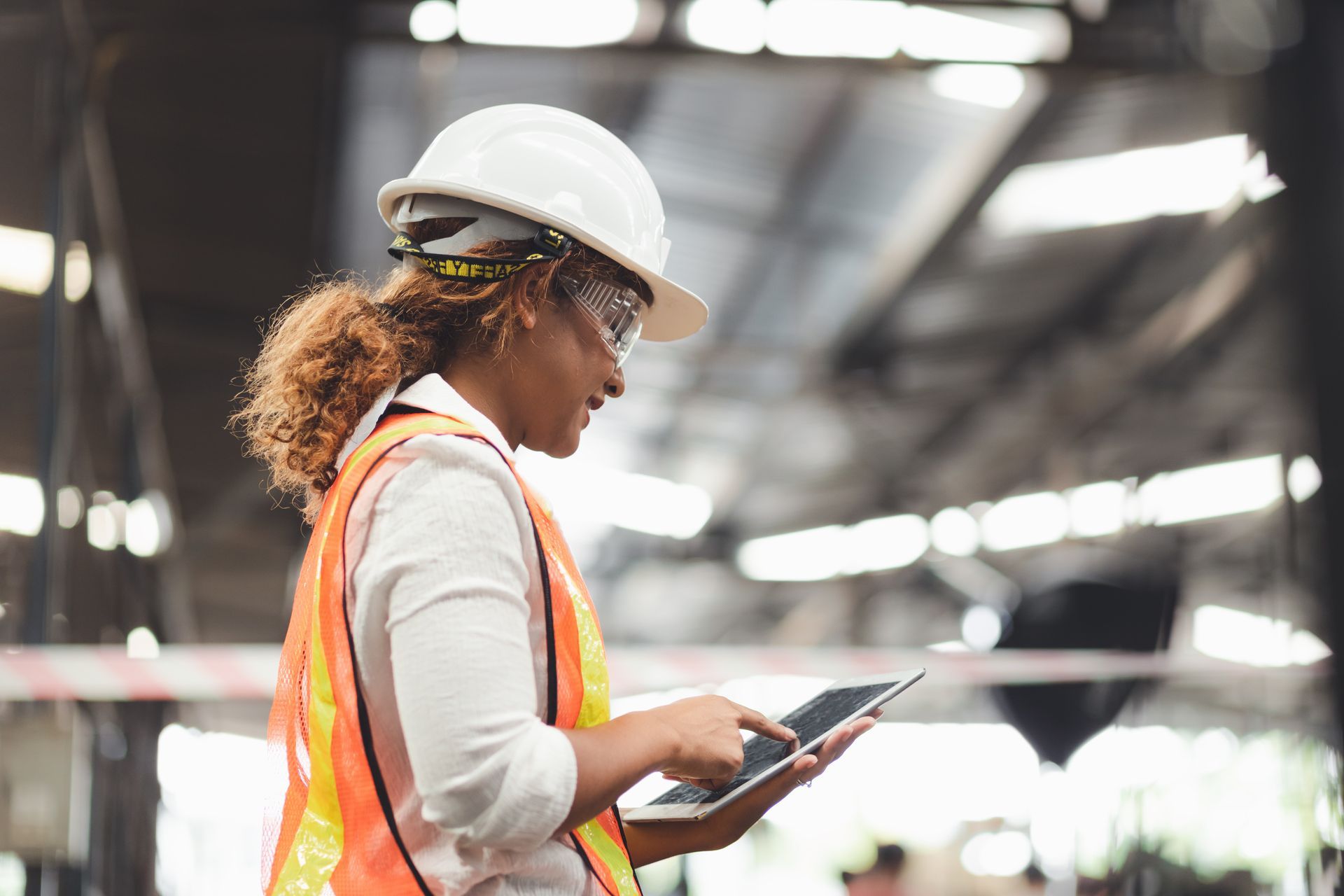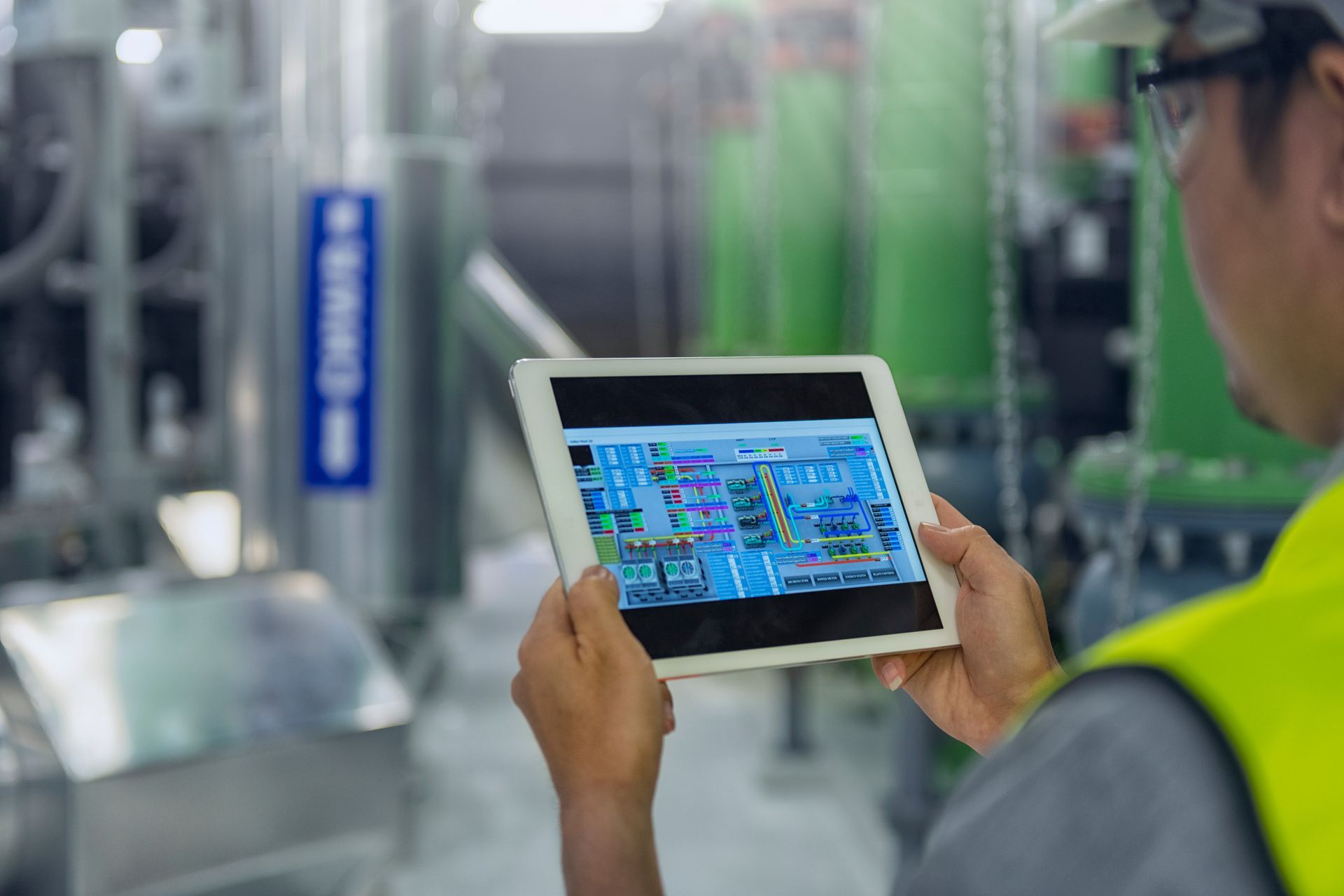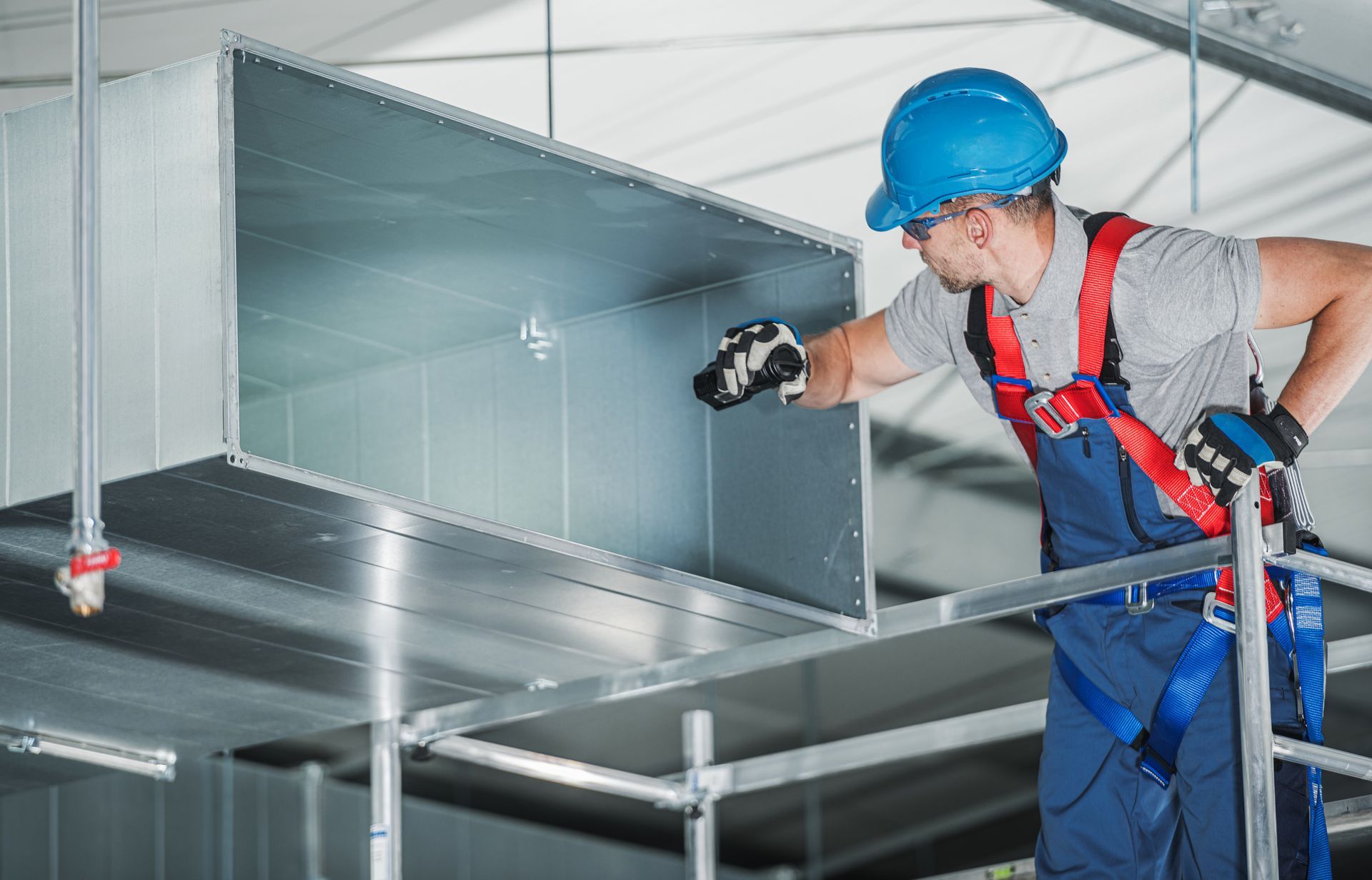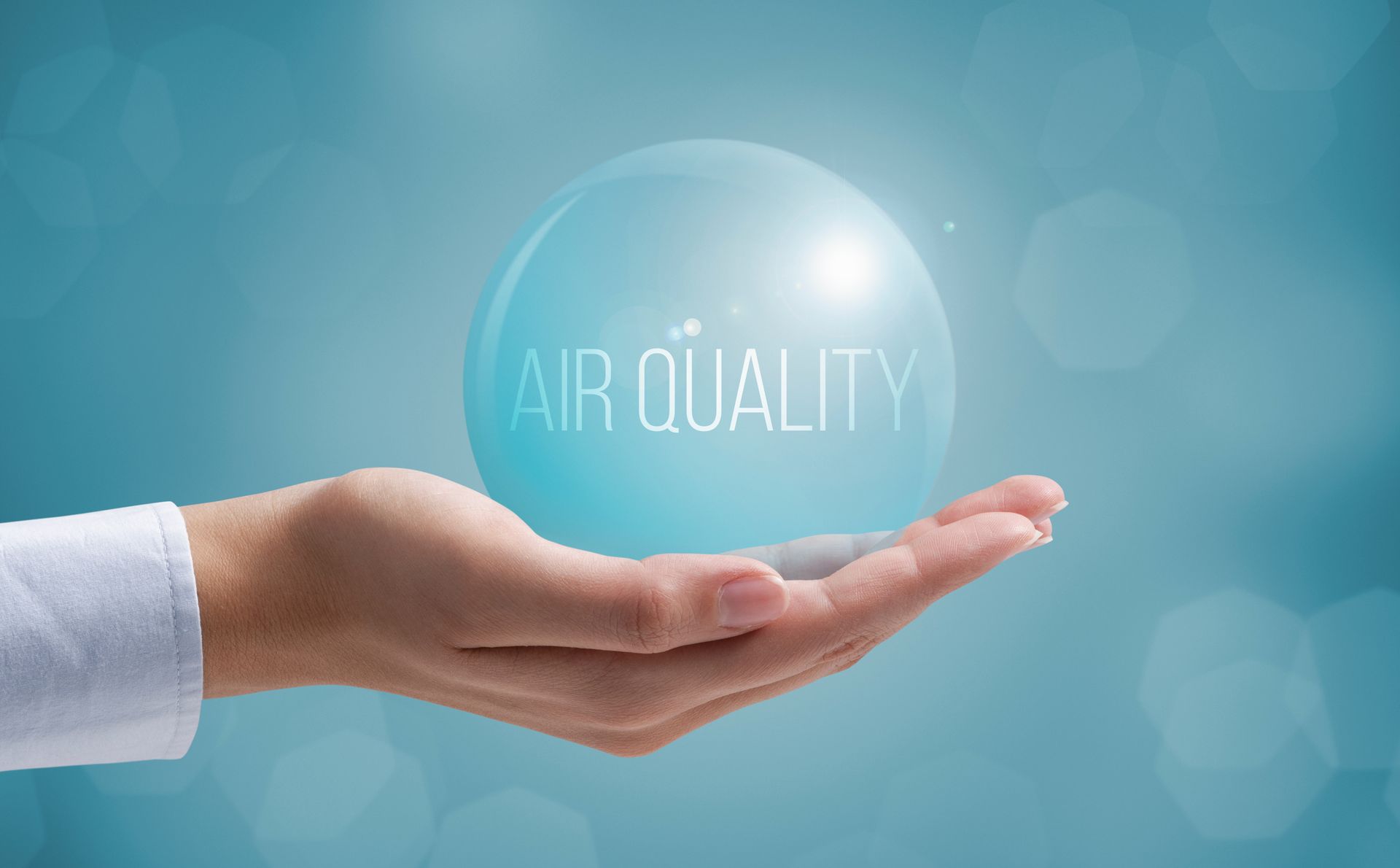The Role of Air Balancing in Multi-Zone Commercial HVAC Systems
Share
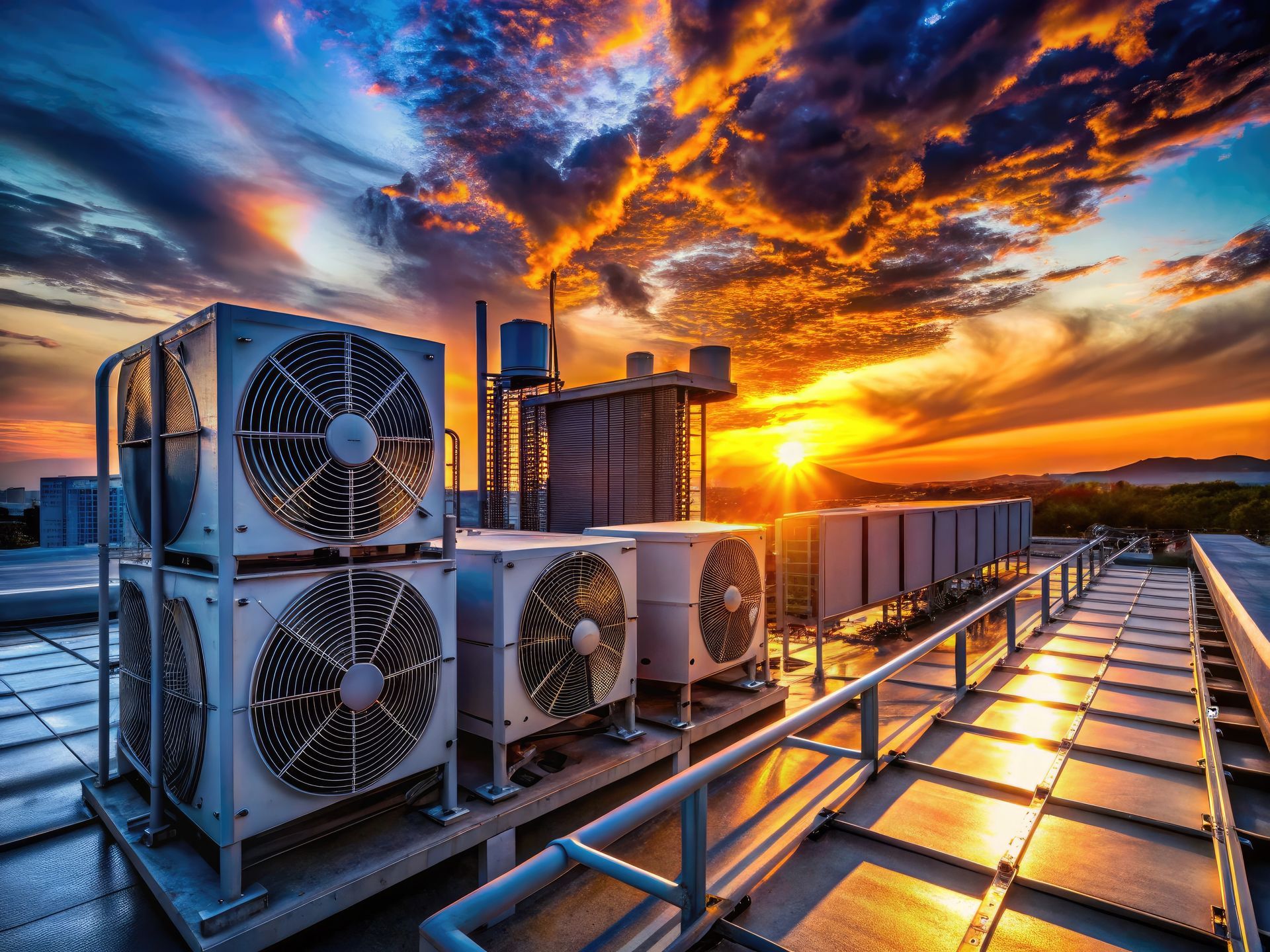
Air balancing is the process of adjusting airflow throughout a building so that each zone receives the right amount of heated or cooled air. Getting air balancing right requires:
- Measuring airflow at supply and return registers.
- Adjusting dampers, fan speeds or variable air volume (VAV) boxes.
- Ensuring that the system delivers designed airflow rates to each space based on its size, use and occupancy.
In short, air balancing is about fine-tuning the system so no area is starved for air or overloaded.
The Common Causes of Imbalances in a Once Properly Balanced Building
Air balancing in commercial spaces, particularly offices, retail spaces or any multi-tenant facility where layouts are regularly rearranged, can be a frequent challenge. Building managers don’t always think about the effects on air balancing when walls are removed, room layouts are drastically altered or an open space is converted into offices.
There are also mechanical issues that can crop up unexpectedly. Ducts can leak, dampers can fail or the equipment that controls fan speed, like belts and fan motors, can degrade over time. Problems can also arise from simple issues that can be easily addressed with commercial HVAC maintenance, such as clogged filters or coil blockages.
Why Multi-Zone Systems Make It More Complex
In a single-zone system, you have one thermostat and one general air distribution path. In multi-zone setups, which are far more common in commercial applications, things get more complicated.
- Offices have conference rooms, open workspaces, private offices and server rooms, all needing different airflow. Changes to layouts are more common in multi-tenant office spaces compared to other commercial facilities, making air balancing challenges more common in these buildings.
- Schools include classrooms, gyms, cafeterias and administrative offices, with widely varying demands.
- Medical buildings have patient rooms, labs, waiting areas and surgical spaces, where precise airflow and pressurization are critical.
Without proper balancing, some zones will constantly overheat or overcool, forcing occupants to adjust thermostats regularly or call in complaints. In addition to causing tenant comfort and efficiency problems, air balancing issues can also put HVAC equipment at risk. Poorly balanced systems experience increased strain, accelerating wear and reducing longevity.
How Air Balancing Improves Comfort and Efficiency
Comfort
Balanced airflow ensures all areas stay within temperature setpoints, avoiding hot and cold spots that frustrate tenants or employees. It also helps maintain consistent humidity levels and better indoor air quality, creating a more pleasant and healthy environment.
Efficiency
When airflow is correctly distributed, the HVAC system doesn’t have to work harder to compensate for imbalances. This reduces energy use, minimizes equipment wear and lowers operating costs. Proper air balancing also extends the lifespan of major components like fans, motors and compressors.
Signs Your Building Needs Air Balancing
- Persistent temperature differences between rooms or zones.
- Tenant or employee complaints about drafts, stuffiness or inconsistent comfort.
- Excessive fan noise or air rushing at certain vents.
- High energy bills despite no obvious system failures.
These are all clues that airflow needs to be measured and recalibrated.
How Often Should Air Balancing Be Checked?
While air balancing is typically done after initial installation, it’s a good idea to reassess it after major building or layout changes, particularly if you’re receiving multiple tenant complaints about temperature control consistency. Tenant turnover, layout modifications or mechanical wear can all throw off balance over time, making periodic checks during maintenance an important part of long-term system upkeep.
What’s Involved in an Air Balancing Service?
- Measuring airflow at supply and return registers across all zones.
- Checking fan speeds, damper settings and VAV box operation.
- Adjusting dampers or controls to match design airflow specs.
- Testing static pressure to confirm the system is operating efficiently.
- Documenting results and providing recommendations for ongoing performance.
It’s a detailed process, but one that pays off in comfort, efficiency and fewer service calls.
How Tom’s Commercial Helps
At Tom’s Commercial, we help Arlington and DFW businesses get the most out of their multi-zone HVAC systems by providing expert air balancing services. Whether you’re facing tenant complaints, uneven temperatures or rising energy costs, our team can evaluate your system, adjust airflow and improve overall performance.
Proper air balance should be established during initial system installation, but changing layouts, tenants or building modifications can lead to imbalances over time. If you’re concerned about your building’s air balance, call Tom’s Commercial at 817-857-7400 and schedule a service visit.

